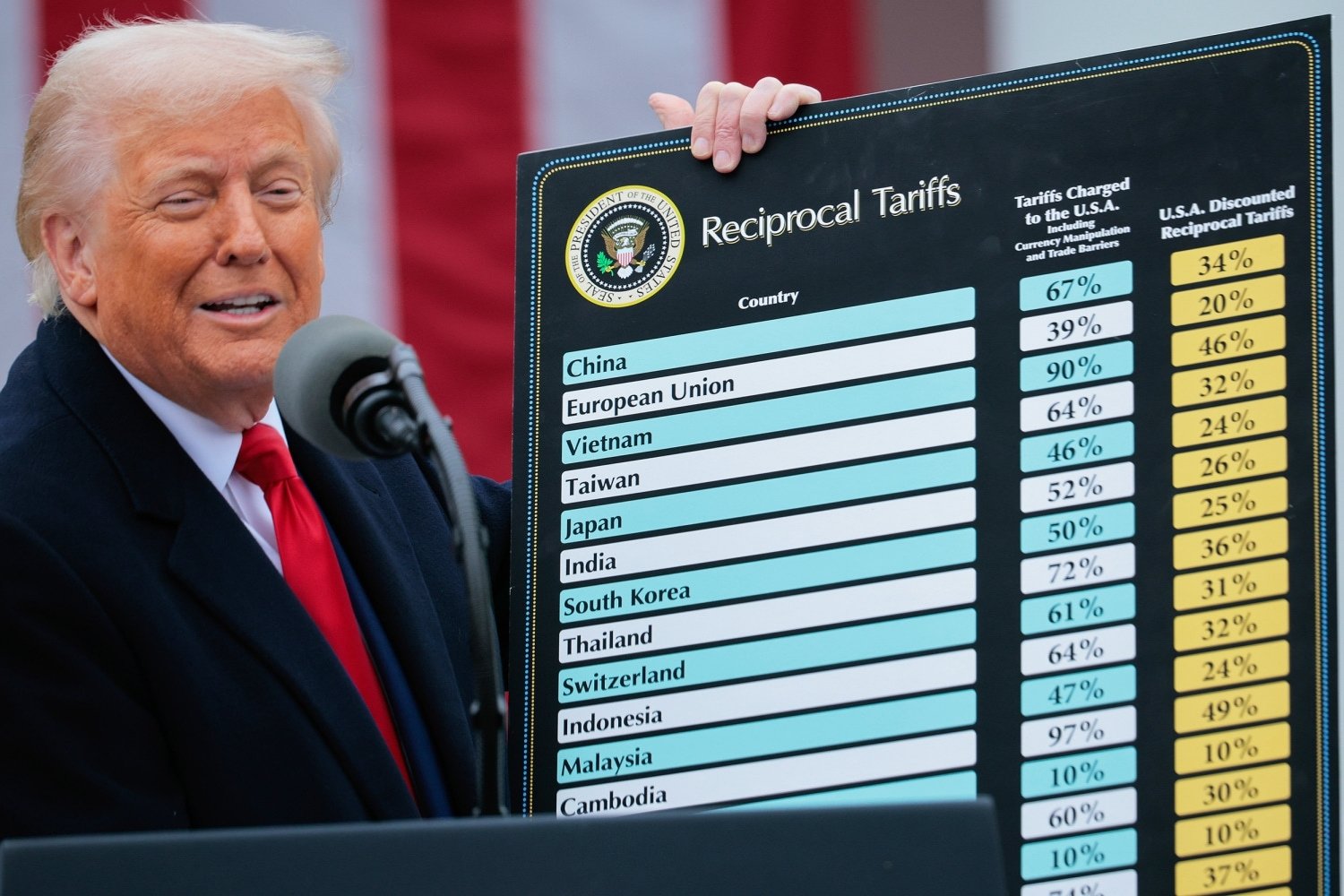
What are Supreme Court tariffs? Supreme Court tariffs are fees or taxes imposed by the highest court in the land on certain goods, services, or activities. These tariffs can influence the economy, trade policies, and even international relations. Understanding these tariffs is crucial because they can affect everything from the price of imported goods to the cost of legal services. In this blog post, we'll explore 25 fascinating facts about Supreme Court tariffs, shedding light on their history, impact, and some surprising details you might not know. Get ready to dive into the world of judicial economics and discover how these tariffs shape our daily lives.
What Are Supreme Court Tariffs?
Supreme Court tariffs are a fascinating aspect of the judicial system. They involve the fees and costs associated with cases that reach the highest court in the land. These tariffs can influence the accessibility and fairness of the judicial process. Let's dive into some intriguing facts about Supreme Court tariffs.
-
Historical Roots: The concept of court tariffs dates back to ancient times, where fees were charged for legal services and court access.
-
U.S. Supreme Court Fees: In the United States, the Supreme Court charges a docket fee of $300 for filing a petition for a writ of certiorari.
-
Waiver for Indigents: The Supreme Court allows fee waivers for individuals who cannot afford the costs, ensuring access to justice for all.
-
Cost of Printing Briefs: Printing and binding briefs for the Supreme Court can cost thousands of dollars, adding to the overall expense of litigation.
-
Electronic Filing: The Supreme Court introduced electronic filing in 2017, reducing some costs associated with paper filings.
Impact on Access to Justice
The cost of Supreme Court tariffs can significantly impact who can afford to bring a case before the highest court. Here are some facts about how these costs affect access to justice.
-
Pro Bono Representation: Many attorneys offer pro bono services to clients who cannot afford the high costs of Supreme Court litigation.
-
Public Interest Groups: Organizations like the ACLU often cover the costs of Supreme Court cases to ensure important issues are heard.
-
Crowdfunding Legal Fees: Some litigants turn to crowdfunding platforms to raise money for their Supreme Court cases.
-
Legal Aid Services: Legal aid organizations provide support to those who need help navigating the costs of Supreme Court litigation.
-
Economic Barriers: High tariffs can deter individuals from pursuing justice, particularly in civil rights and social justice cases.
International Comparisons
Supreme Court tariffs vary widely around the world. Let's explore how different countries handle these fees.
-
United Kingdom: The UK Supreme Court charges a fee of £1,000 for filing an appeal, with additional costs for hearings.
-
Canada: In Canada, the Supreme Court charges a $75 filing fee, significantly lower than in the U.S.
-
Australia: The High Court of Australia charges a filing fee of AUD 4,020 for corporations and AUD 1,020 for individuals.
-
India: The Supreme Court of India charges a nominal fee of INR 250 for filing a writ petition, making it more accessible.
-
Germany: The Federal Constitutional Court of Germany does not charge any fees for filing constitutional complaints.
Evolution of Supreme Court Tariffs
Supreme Court tariffs have evolved over time, reflecting changes in the legal system and society. Here are some key developments.
-
Early Fees: In the early days of the U.S. Supreme Court, fees were minimal, reflecting the simpler legal processes of the time.
-
Inflation Adjustments: Tariffs have been adjusted for inflation over the years, leading to higher costs for modern litigants.
-
Technological Advances: The introduction of electronic filing has reduced some costs but also introduced new expenses related to technology.
-
Legislative Changes: Congress has periodically revised Supreme Court tariffs, impacting the overall cost structure.
-
Public Awareness: Increased public awareness of Supreme Court tariffs has led to calls for reform and greater transparency.
Controversies and Debates
Supreme Court tariffs are not without controversy. Debates continue over their fairness and impact on the judicial system.
-
Access vs. Revenue: Critics argue that high tariffs prioritize revenue over access to justice, disadvantaging low-income litigants.
-
Transparency Issues: Some advocate for greater transparency in how tariffs are set and used by the court system.
-
Reform Proposals: Various proposals have been made to reform Supreme Court tariffs, including reducing fees and increasing waivers.
-
Economic Inequality: High tariffs can exacerbate economic inequality, limiting the ability of marginalized groups to seek justice.
-
Judicial Independence: Some argue that reliance on tariffs for funding can threaten judicial independence by creating financial pressures.
The Final Word on Supreme Court Tariffs
Supreme Court tariffs have shaped the economic landscape in significant ways. From influencing trade policies to impacting everyday prices, these decisions hold immense power. Understanding their history and implications helps us grasp how legal rulings affect our wallets and the broader economy.
Whether it's a landmark case or a lesser-known ruling, each decision contributes to the complex web of trade and commerce. Staying informed about these tariffs isn't just for legal experts; it's crucial for anyone interested in how laws shape our daily lives.
So, next time you hear about a Supreme Court decision on tariffs, you'll know it's more than just legal jargon. It's a piece of the puzzle that affects everything from the cost of goods to international relations. Keep an eye on these rulings—they're more impactful than you might think.
Was this page helpful?
Our commitment to delivering trustworthy and engaging content is at the heart of what we do. Each fact on our site is contributed by real users like you, bringing a wealth of diverse insights and information. To ensure the highest standards of accuracy and reliability, our dedicated editors meticulously review each submission. This process guarantees that the facts we share are not only fascinating but also credible. Trust in our commitment to quality and authenticity as you explore and learn with us.
